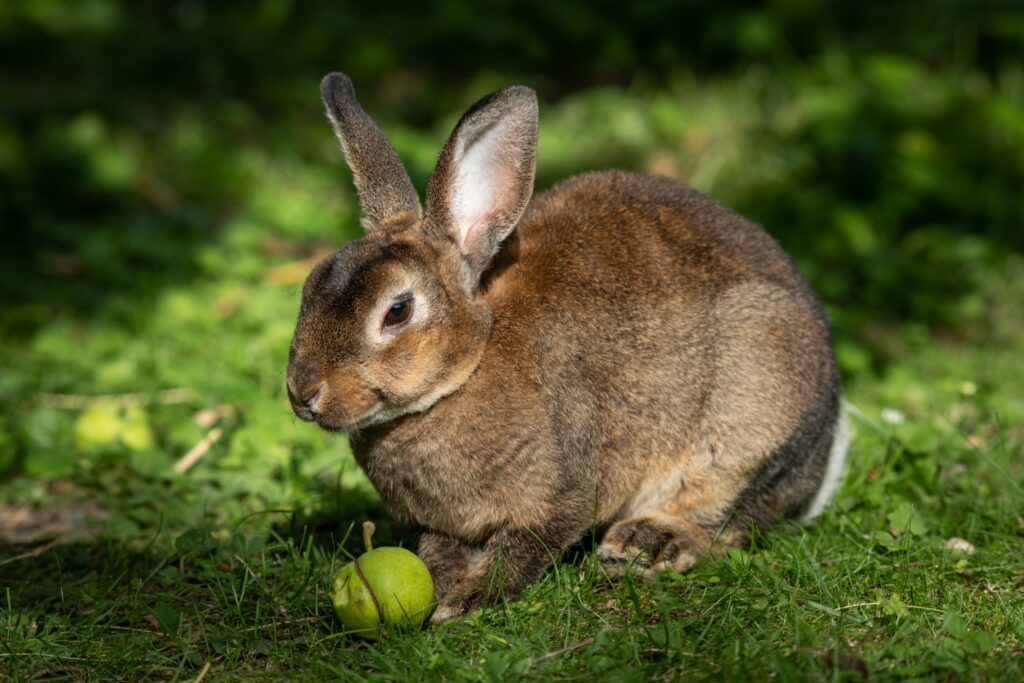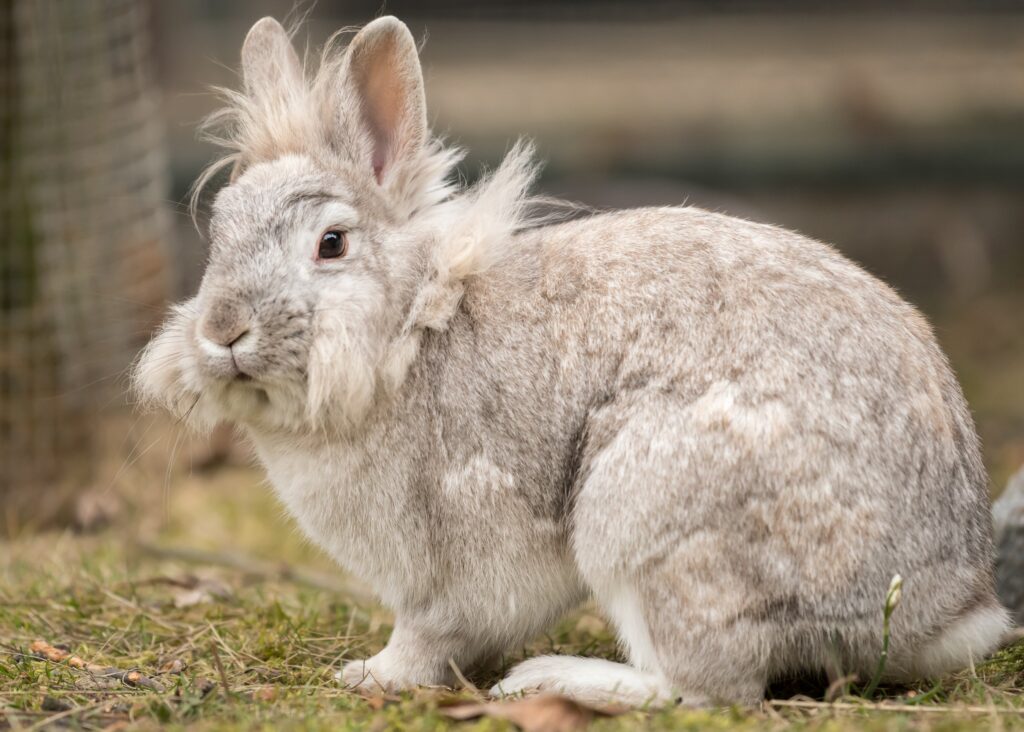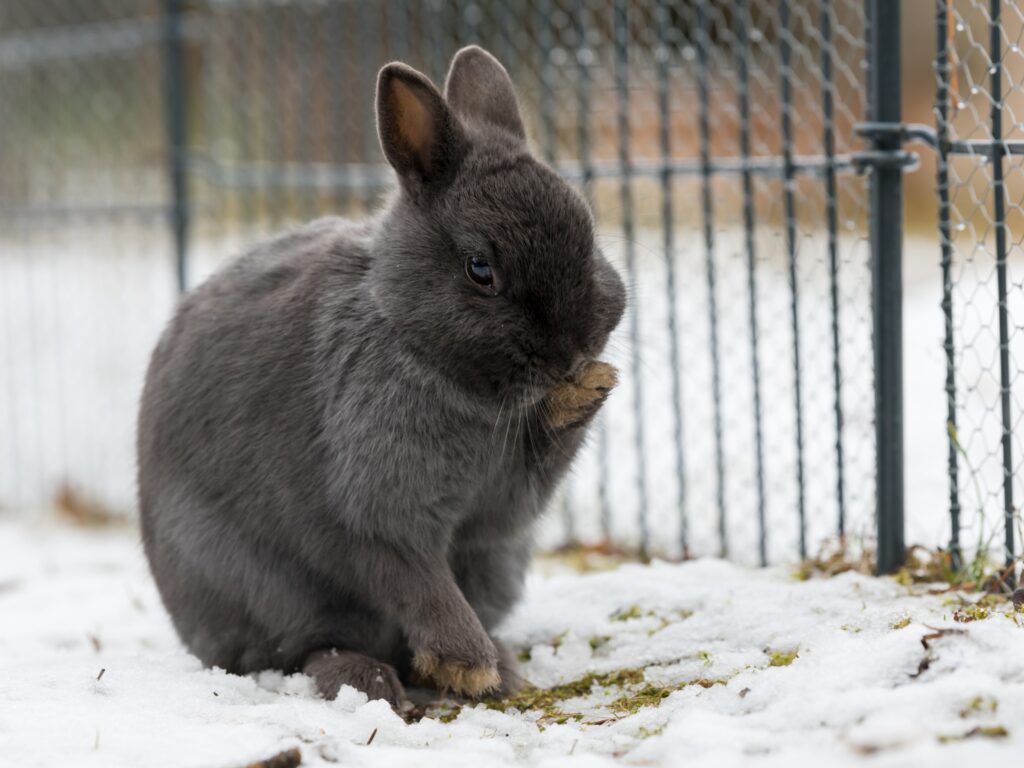Do Dwarf Rabbits Like to Be Held? A Guide to Handling Your Pet Bunny
Dwarf rabbits are adorable and make fantastic pets. They are small and known for their playful and curious nature. However, one question that many potential owners ask is whether or not dwarf rabbits like to be held.

Dwarf rabbits, like other rabbit breeds, have individual personalities and preferences, so it ultimately depends on the specific rabbit when it comes to enjoying being held. However, rabbits are generally prey animals and may feel stressed or frightened when held, especially if not accustomed to it from a young age.
To encourage a positive experience, always approach dwarf rabbits with calm and gentle movements, providing them with a sense of security. Initially, spend time bonding with them at ground level, gradually introducing holding through short and gentle sessions. Some dwarf rabbits may learn to enjoy being held, but observing their body language and respecting their boundaries is essential.
The Nature of Dwarf Rabbits
Physical Characteristics
Dwarf rabbits are small rabbits known for their adorable looks and compact size. They are typically between 8-12 inches long and weigh 2-4 pounds. Some breeds can be larger or smaller than this, but they are generally small in size. Dwarf rabbits have big eyes and heads compared to the rest of their body, which gives them a cute, baby-like appearance.
Behavioral Traits
Dwarf rabbits have unique behavioral traits that make them interesting pets. They are generally social animals that enjoy the company of other rabbits. However, they can also be territorial and may become aggressive if they feel threatened or if their space is invaded. Dwarf rabbits are also known for their high energy levels and love to play and explore their surroundings.
When it comes to being held, dwarf rabbits do not particularly enjoy it. They prefer to have all four paws on the ground and do not typically like to be picked up. However, they can learn to tolerate and possibly even enjoy being held with proper training and care. It is important to handle them carefully and avoid picking them up too often, as this can cause stress and anxiety.
Understanding Rabbit Handling

How to Properly Hold a Rabbit
Dwarf rabbits can be great pets but require proper handling to ensure their safety and comfort. When holding a rabbit, supporting its entire body is important to prevent injury. The Bunny Lady recommends placing one hand under the rabbit’s chest and the other under their bottom. This will ensure the rabbit is fully supported at all times.
It’s important to avoid holding rabbits by their ears or the scruff of their neck, as this can be painful and cause injury. Additionally, rabbits who aren’t handled regularly from a young age, or who experience rough handling at any age, may find human contact distressing.
When picking up a rabbit, move slowly and talk quietly around them to avoid startling them. They’re more likely to relax in a quiet, calm handling environment. To get a rabbit used to being held, put one hand under their chest and apply gentle pressure. Approach their chest from the side so your hand reaches from one side of their chest to the other. Use enough pressure so they feel what you’re doing, but not so much that their feet leave the ground.
Signs of Discomfort or Fear
It’s important to monitor a rabbit’s behavior while holding them to ensure they are comfortable and not experiencing any distress. Signs of discomfort or fear in rabbits can include:
- Struggling or attempting to escape
- Flattened ears or a tense body
- Growling or grunting
- Rapid breathing or panting
- Biting or scratching
If a rabbit exhibits any of these behaviors, putting them down and giving them some space is important. It may take time and patience to get a rabbit comfortable with being held, and it’s important to respect their boundaries and preferences.
Factors that Affect Rabbit Preference for Holding
Like humans, rabbits have their personalities and preferences. Some rabbits may enjoy being held and cuddled, while others may find it stressful or uncomfortable. Factors that can affect a rabbit’s preference for holding include:
- Age: Younger rabbits may be more curious and energetic and enjoy being held more than older rabbits.
- Socialization: Rabbits that have been socialized and handled frequently from a young age may be more comfortable with being held.
- Health: Rabbits that are sick or in pain may not want to be held.
- Temperament: Some rabbits are naturally more independent and may not enjoy being held as much as others.
How to Determine if Your Rabbit Likes to be Held

Observing your rabbit’s body language and behavior is important to determine if they enjoy being held. Signs that your rabbit may not like being held include:
- Struggling or trying to escape
- Nipping or biting
- Flattening their ears or tucking their head down
- Thumping their hind legs
If your rabbit exhibits any of these behaviors, it’s best to put them down and try again later. On the other hand, signs that your rabbit is comfortable and enjoying being held include:
- Relaxing and resting in your arms
- Licking or grooming you
- Closing their eyes or purring
Alternatives to Holding
If your rabbit doesn’t enjoy being held, there are other ways to bond with them. Some alternatives to holding include:
- Petting and grooming your rabbit
- Playing with your rabbit using toys and tunnels
- Sitting near your rabbit and talking to them in a soothing voice
- Offering your rabbit treats and snacks
By understanding your rabbit’s preferences and needs, you can build a strong bond with them and ensure they feel comfortable and safe in your care.